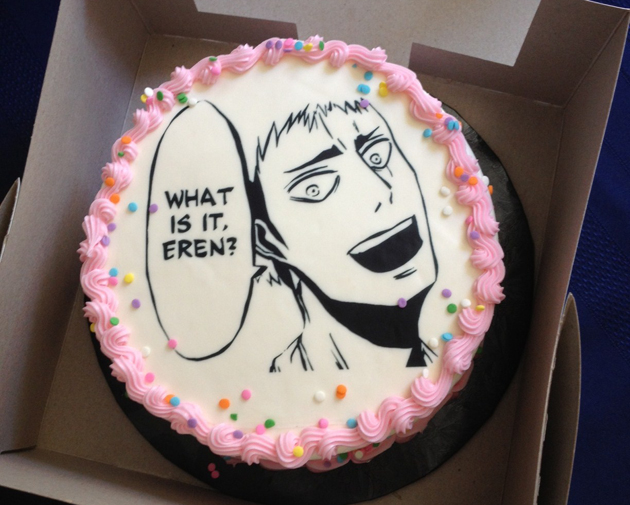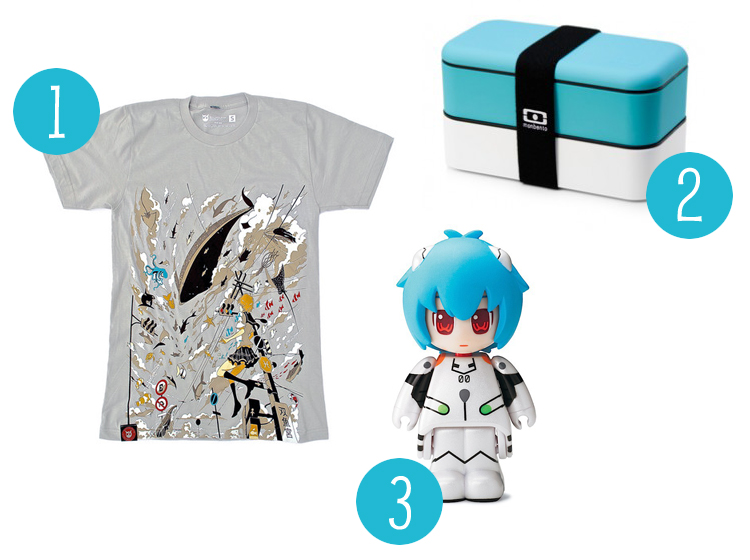Every now and then, students and aspiring journalists write to me for advice about entering the field. Here’s an email I sent recently, published with permission.
Dear Lauren,
I have little interest in general journalism, I don’t care about politics or celebrities. If I were to study journalism it would be purely for the purpose of writing about my personal interests. Would it be a mistake to pursue a degree in journalism when my area of writing is so specific?
You’d think this would be an easy question for me to answer yes to. My whole philosophy is about turning your passions into a career.
The problem is, you’ve got to meet them halfway.
For instance, I no longer see anime journalism as a viable career path. When I was younger, I wanted to make a living as an anime blogger. I’ve since learned that this is a very tough niche to enter, simply because there aren’t a lot of outlets making money. I’ve been published in Japanator, Otaku USA, and Crunchyroll, and nobody paid me very much, if anything. I have contacts who have written for Anime News Network, and earned in the (very) low double digits. I was recently, as a reporter with five years of professional experience, offered an intensive editing job for an anime website that would have paid $50 a month.
It hurts to share this, actually. I really want a passionate anime fan to prove me wrong and make a living off of their reporting. But I can’t confidently sit back and tell people that a career in anime journalism, or reporting on ANY one interest, is a good idea.
Don’t get me wrong—I would never advise anybody to go to opposite way, either. In journalism school I was taught to market myself as a jack of all trades, but I think this is unrealistic. It’s impossible to become an expert reporter on every beat. But you COULD become an expert in three or four beats. Just make sure those are the beats that you enjoy covering. Case in point: you’ll never be an award-winning political reporter if you don’t like politics.
You know I love anime. But it’s not my only interest. My “day” job includes writing about social networks, robotics, tech education, and a looong list of other technology related topics. In previous jobs, I’ve written about video games, Tumblr fandom, cosplay, and women entrepreneurs. I don’t like any of this stuff as MUCH as anime, but I find it all interesting. And, when I do need a break, I have my personal blog where I can write whatever I like.
And sometimes? It’s rewarding just to be an expert on something. Partly by chance, partly thanks to my boss, I was covering the social network Pinterest before almost anyone else. It’s given me a great relationship with Pinterest, as well as a mental timeline of its entire history—both of which make it easy and fun to report on. The funny thing is, I am not a regular Pinterest user. I mainly check it for work. But just the feeling that I’m covering Pinterest as comprehensively as I can makes it one of my favorite topics to cover. You might surprise yourself by becoming a reluctant expert on a specific politician or celebrity later on, and stick with it for the feeling of a job well done.
Chances are, anime isn’t your only interest, either. Are you interested in writing about related topics, like video games, blockbuster movies and the fandom around them, comics, computers, and other nerdy but more in-demand topics? In that case, I’d say go for it!
Here’s my best case scenario for you: you present yourself as willing to write about anything, but make it clear that you excel at writing about a few different topics. You adjust your career to specialize in those topics, and get better at covering them as a result. Eventually, people will remember you for your reporting in certain subject areas, and then they’ll come to you!
Specialization is great for your career. Just keep it in moderation.
Do you have a question you’d like to ask? Drop me an email or visit my Tumblr Ask box.





